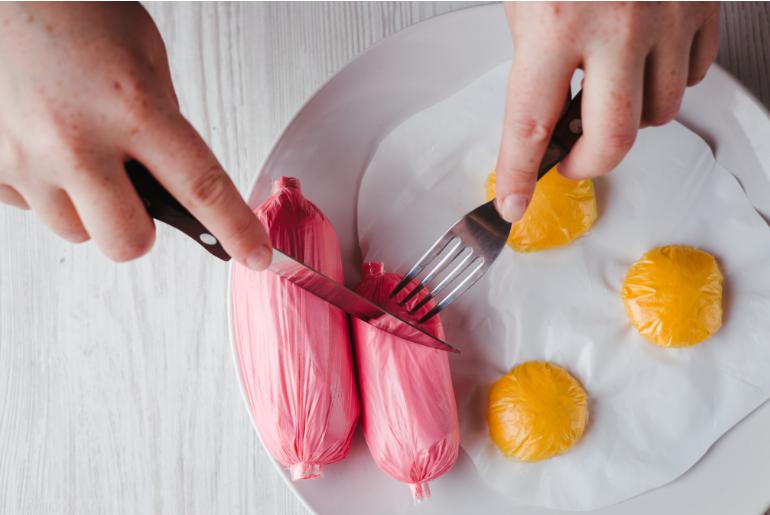The effect of what we consume on our body is not a new concept. There are impurities in everything we put into our bodies, and all of it matters. But the presence of microplastics in human veins is a new one that is absolutely scary.
Coming from packaging used in food products or paints, these microplastics have been found in human blood. After conducting research, it was proven that microplastics can pass through vascular tissue via veins and arteries. However, the effect of these traces in the blood was unclear.
Researchers Have Found Microplastics In Human Veins

Scientists at Hull University Teaching Hospitals NHS Trust worked alongside a team of researchers from Hull York Medical School and the University of Hull. They focused on examining the saphenous vein tissue of patients who underwent bypass surgery for the heart.
These researchers found 15 microplastic particles per gramme of tissue and five different kinds of polymers.
An adhesive from food packaging and alkyd resin used in paints were the ones found in a high quantity. This discovery came as a shock to the researchers. A Dutch study conducted last year did reveal the presence of microplastics in the veins. However, it was unclear if they could pass through the vascular tissue. This study has clearly shown that it can.
Also read: You Cannot Take Ola Or Uber In Guwahati, Assam Anymore! Here’s Why!
The Effect On Human Body
The researchers haven’t been able to establish the effects of this on the human body, but they have observed stress responses and inflammatory reactions in cells grown in a dish.
Researchers have explained that further experiments can be conducted to demonstrate how much these microplastics in the blood can affect the human body. These tests will differ based on the kind of polymer found and the quantity of the substance.
They further explained that procedures like CABG and environmental exposure can also have an effect on them.
The scientist also shared that most CABG procedures fail after 10 years, and this could have been a result of microplastics.
They were not aware of this possibility before, but they knew that the vein’s patency played a role in the sustainability of the procedure.
They further intend to ensure the connection between the procedure and microplastics and devise a solution.
Cover Image Courtesy: Canva
First Published: February 02, 2023 4:22 PM



